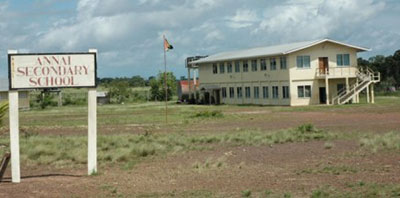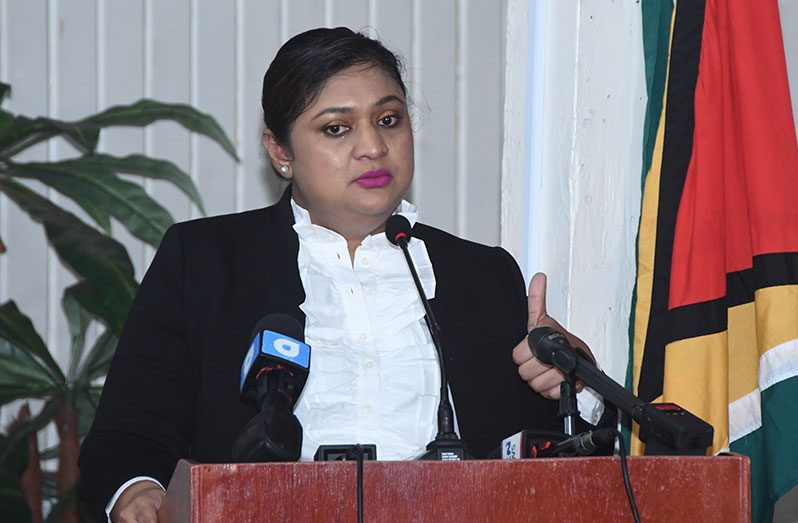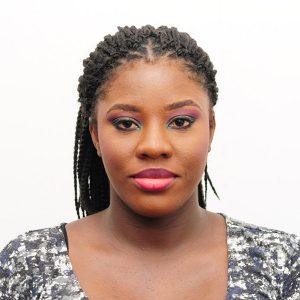WITH just 13 secondary schools serving 7,884 students in the hinterland regions of Guyana, the Ministry of Education (MoE) is expected to soon begin an assessment of the need for the construction of new schools in the hinterland and other remote areas.
Some $10 million has been allocated in the 2021 budget for feasibility studies to be conducted for the construction of new schools in hinterland and remote areas.
“Our plan is to make sure that there is universal secondary education all across Guyana; that is to ensure all kids can access a quality secondary education. We know that some places have asked for secondary schools, such as Karasaibai, Orealla, Siparuta,” Minister of Education, Priya Manickchand, shared during a recent interview with the Guyana Chronicle.

Between Regions One, Seven, Eight and Nine, there are 239 schools serving 32,603 learners, however, most of the schools are primary schools, with just 13 being secondary schools: three in Region One, three in Region Seven, three in Region Eight and four in Region Nine. Though the 13 secondary schools are catering to 7,884 students, there are currently 20,638 pupils in the 161 primary schools.
“When you compare the primary enrollment with the secondary enrollment, we see quite a huge difference in numbers,” commented Deputy Chief Education Officer for Amerindian and Hinterland Development, Marti DeSouza.
“What it means is that quite a number of children are coming out from the primary schools but numbers are not reflected in the secondary schools. Logically, there is a need for more secondary schools,” he added.
DeSouza noted that under the current situation, a number of “primary top” schools are used to cater for the overflow when the secondary schools reach its capacity. In Guyana, “Primary Top Schools”, as they are called, are primary schools with a secondary school department. Though a traditional secondary school runs from Grades Seven to Eleven, classes at “Primary Top” schools run from Grades Seven to Nine, and the students are usually transferred to a secondary school after writing the National Grade Nine Assessment (NGNA).
“Hopefully, at that stage, they gain entry into a secondary school but the question remains of what happens if they don’t past the Grade Nine exams. So there would be a need for secondary schools in the hinterland region to ensure we account for every child that leaves the primary school. Every child should have equal access,” De Souza explained.
Though Guyana has already achieved universal primary education, it is yet to achieve universal nursery and secondary education. Minister Manickchand has repeatedly highlighted her plans to work towards attaining these bench marks. However, education delivery in the hinterland and remote villages has always been tricky, given the sparse populations and distances between villages.
As such, a decision was taken that a study was required to understand the needs of the various communities.
“This is not a long process. This is just us checking to see which villages would be served, what kind of numbers we would be looking at, how those villages have been reproducing, and those things. It’s very scientifically done and statistically accurate and a prediction that we use to decide whether it is a feasible place to put this school or is it better to extend a dorm in another place that already exists,” the Minister said.
Minister Manickchand explained that notwithstanding the requests from the villages, a lot of factors go into determining whether it would be best to erect a new school in an area.
“You don’t build a secondary school in a community unless you have at least 250 students to be able to attend the secondary school. It doesn’t matter how much money you have. If you build a secondary school for 20 – 30 students, they will not get the kind [or] quality of education that they deserve. So, if parents used to have five children each and now they’re only having two, will the school be obsolete in a few years’ time? Those are some of the issues being looked at,” she said.
De Souza similarly pointed out that simply constructing more schools is just one aspect of the overall challenges presented in providing education delivery opportunities in the hinterland.



.jpg)








